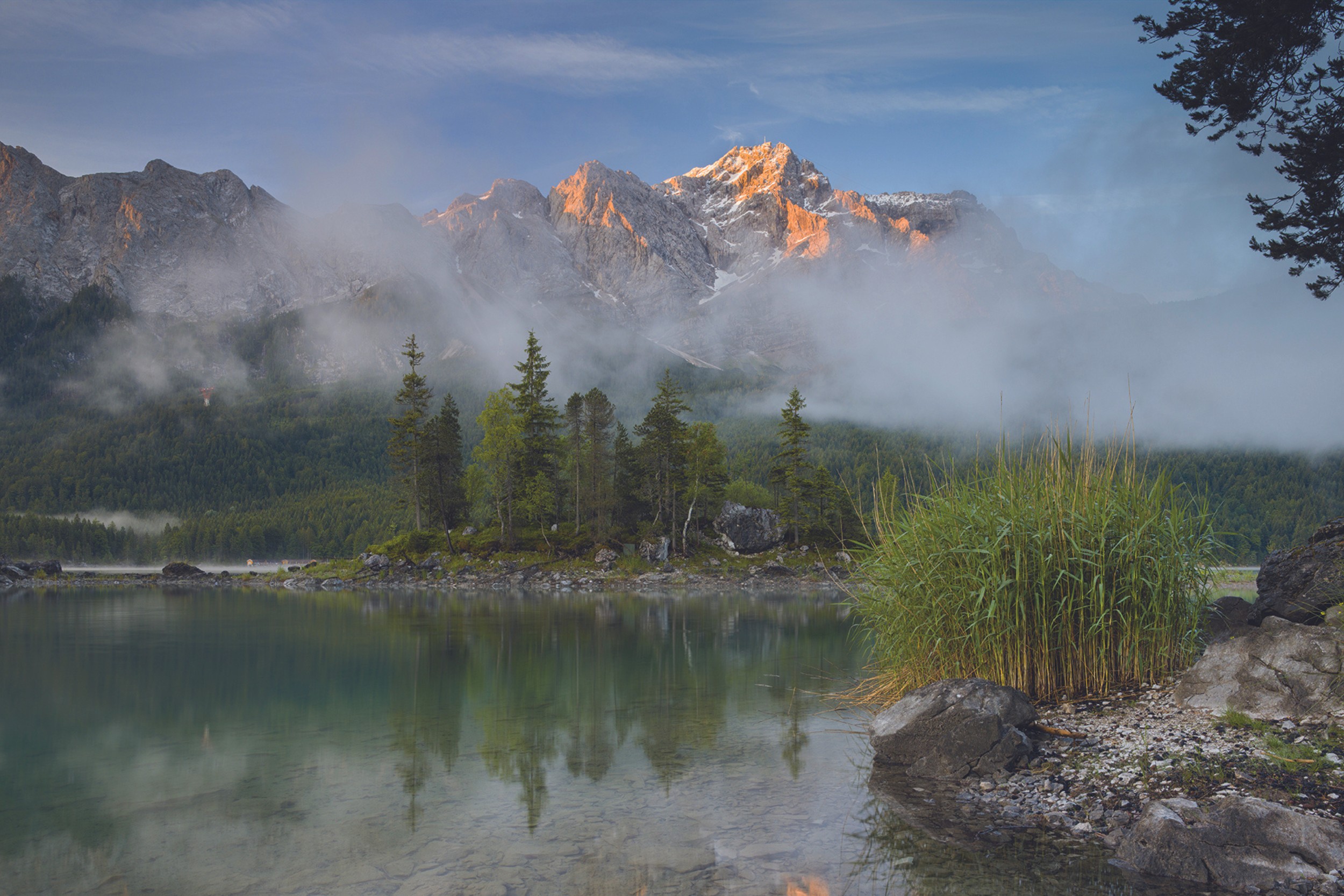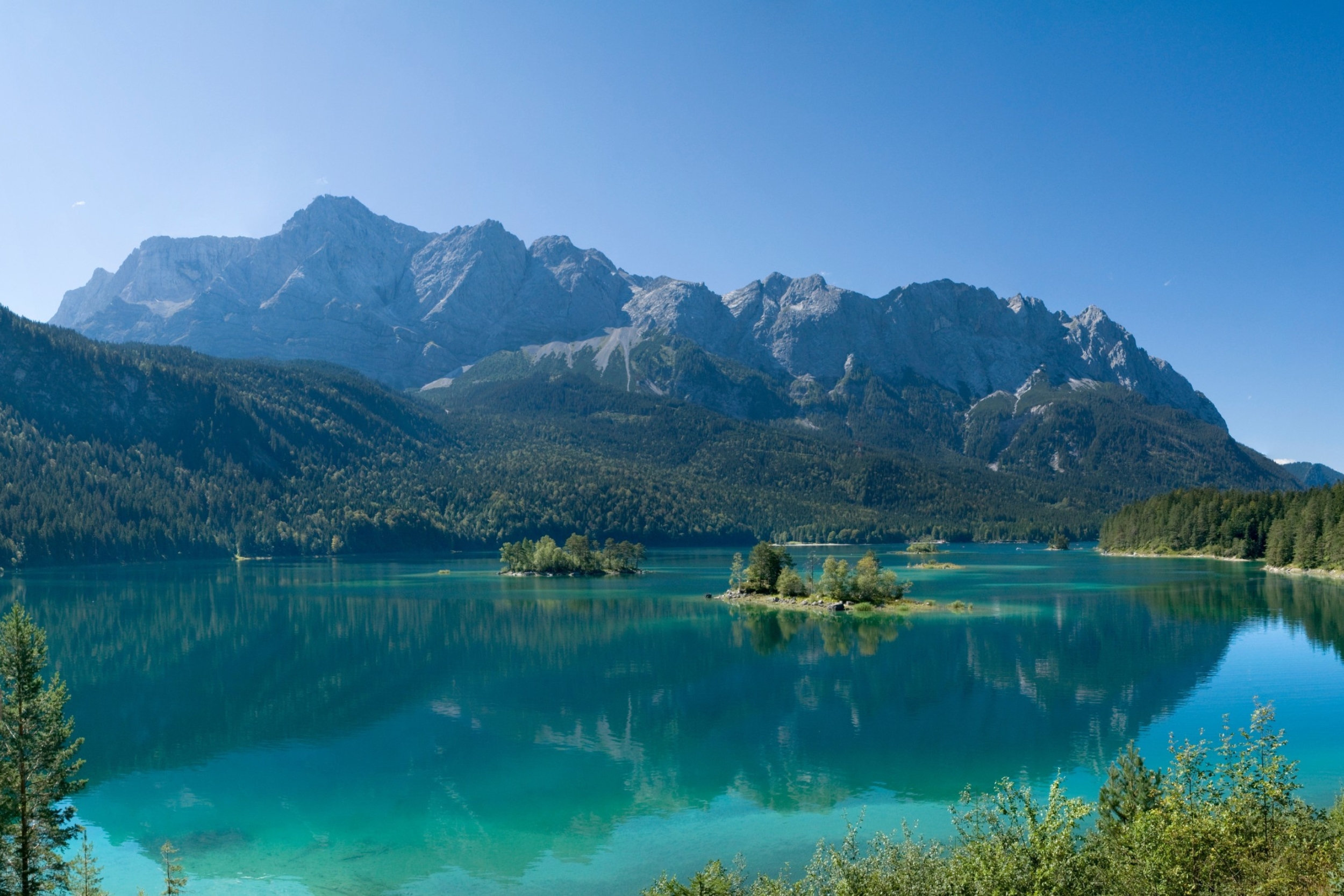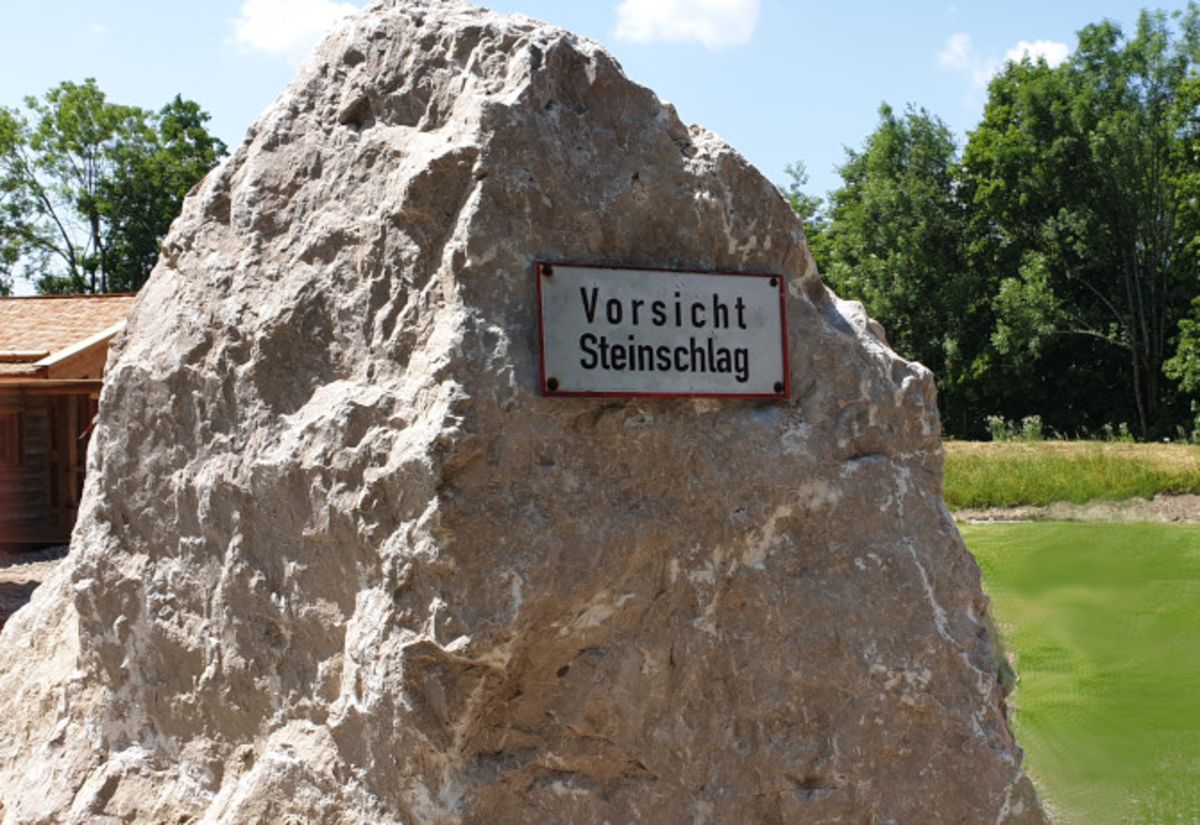Wetterstein limestone | 200 million years old
Just a piece of rock - or much more? At 2962 meters, the Zugspitze is not only the highest mountain in Germany, but also a real magnet for visitors. Standing up there once and enjoying the fantastic panoramic view is a dream for many. For nature lovers, families, hikers and winter sports enthusiasts, Zugspitze opens up numerous opportunities for outdoor activities. The unique 360-degree view is, of course, also the crowning glory of any ascent to the summit.
Just a piece of rock - or much more? At 2962 meters, the Zugspitze is not only the highest mountain in Germany, but also a real magnet for visitors. Standing up there once and enjoying the fantastic panoramic view is a dream for many. For nature lovers, families, hikers and winter sports enthusiasts, Zugspitze opens up numerous opportunities for outdoor activities. The unique 360-degree view is, of course, also the crowning glory of any ascent to the summit.
With steep faces up to 800m high, predominantly Wetterstein limestone from the upper Triassic forms the walls, ridges, towers and summit rock of the mountain. Due to the frequent occurrence of marine calcareous algae in the Wetterstein limestone, it can be assumed that this rock was formed around 200 million years ago from calcareous marine deposits; the Zugspitze itself is the remnant of a cooled coral reef. The color of the rock varies from grayish white and light gray to mottled. Lead and zinc ores are present in several places. These mineral resources were extracted by mining in the Höllental valley between 1827 and 1918. our close connection to the Zugspitze region and the privilege of living in the shadow of this attraction.
Of course, you don't just pick up a rock of this size while hiking. This Kalkriese was blasted out of the rock during the construction of the new Zugspitzbahn in 2016 to ensure a secure footing for the world's highest cable car support. It weighs about 4.5 tons and was provided to Alpenhof Murnau by the Storf company from Eglfing, which carried out the underground construction on the Zugspitze - and reminds us every day of our close connection to the Zugspitze region and the privilege of living in the shadow of this attraction.
With steep faces up to 800m high, predominantly Wetterstein limestone from the upper Triassic forms the walls, ridges, towers and summit rock of the mountain. Due to the frequent occurrence of marine calcareous algae in the Wetterstein limestone, it can be assumed that this rock was formed around 200 million years ago from calcareous marine deposits; the Zugspitze itself is the remnant of a cooled coral reef. The color of the rock varies from grayish white and light gray to mottled. Lead and zinc ores are present in several places. These mineral resources were extracted by mining in the Höllental valley between 1827 and 1918. our close connection to the Zugspitze region and the privilege of living in the shadow of this attraction.
Of course, you don't just pick up a rock of this size while hiking. This Kalkriese was blasted out of the rock during the construction of the new Zugspitzbahn in 2016 to ensure a secure footing for the world's highest cable car support. It weighs about 4.5 tons and was provided to Alpenhof Murnau by the Storf company from Eglfing, which carried out the underground construction on the Zugspitze - and reminds us every day of our close connection to the Zugspitze region and the privilege of living in the shadow of this attraction.




